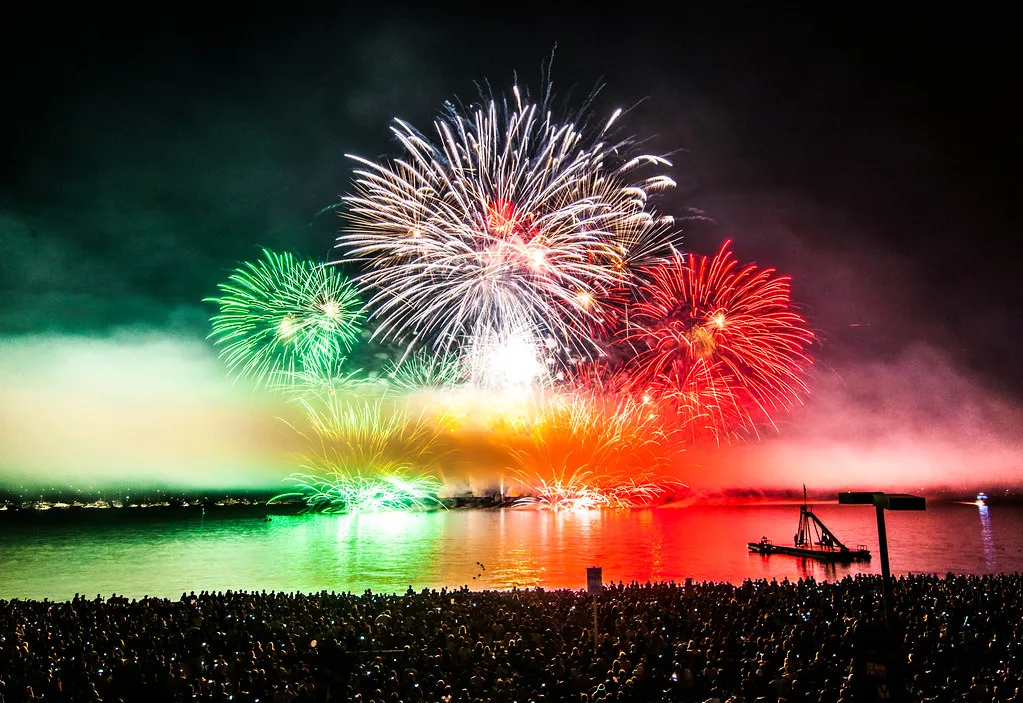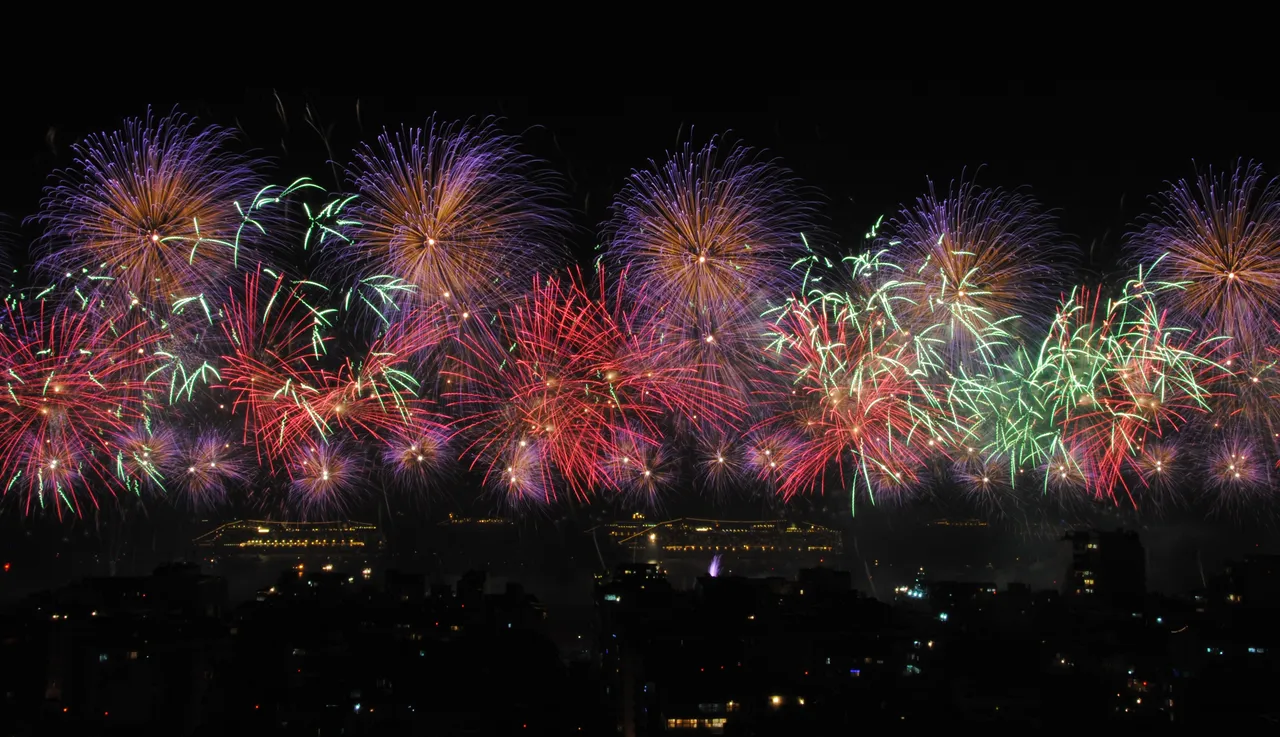I checked my room today, and I saw a fireworks display my friend had left in my house. He must have forgotten to light it during the Christmas festive period, and so it has survived to this day. I'm unsure if the fireworks will make it to the end of the year because I will give them to him when I see him. While looking at the fireworks, I was intrigued and wanted to know more about them.
Fireworks were a thing that originated in ancient China in the 7th century and were discovered by alchemists who learned that mixing things like Salpeter, sulfur, potassium nitrate, and charcoal created gunpowder in its crude form. They loaded the mixture into bamboo sticks and placed them on fire so the bamboo could explode and the mixture brought out a bright flash. Over time, the Chinese improved how the crackers were made by putting the powder in papers and putting fuse in them.
In the 16th and 17th centuries, it reached Europe and the Middle East and it was used during celebrations in Europe in the 17th century but its color and effect were not like it is today, they were limited. They burned in golden or orange color which was a result of burning black powder and metal filings. Such fireworks still existed while I was growing although with improvement. We refer to to it as Ino olohun which is the iron sparkles that we hold and allow to burn out.
It wasn't until the 19th century that we began to see the beauty of fireworks. Scientists began to look into different elements and what beauty they could bring to them in 1786 when potassium chloride was introduced it gave violet flames and in the 1830s strontium salt was added to give it a brilliant red flame. Soon other elements were added like barium salt for the green color, magnesium, and aluminum for the white color light that made it brighter unlike in the past.
For fireworks to function, fuel like charcoal or sulfur is needed, a sparkler such as aluminum or magnesium is needed, an oxidizer such as chlorate, nitrate, potassium, or Barium is needed, and these oxidizers break down in heat to produce oxygen, another thing that that is needed is colorant. Different salt produces different colors with copper producing blue, strontium producing red, calcium producing orange, and sodium producing yellow. A binder and an additive are also needed like dextrins hold everything together.
There is more to the physics and chemistry of fireworks and sparklers but one thing is for sure, that firework you hold for a light show display is a product of calculated chemical compounds and physics to give it the spark you love and are wowed about.
YOU CAN READ FURTHER
https://penntoday.upenn.edu/news/chemistry-behind-fireworks
https://www.compoundchem.com/2013/12/30/the-chemistry-of-fireworks/
https://www.acs.org/education/chemmatters/resources/fireworks
https://www.ontariosciencecentre.ca/science-at-home/diy-science-fun/the-science-of-fireworks

